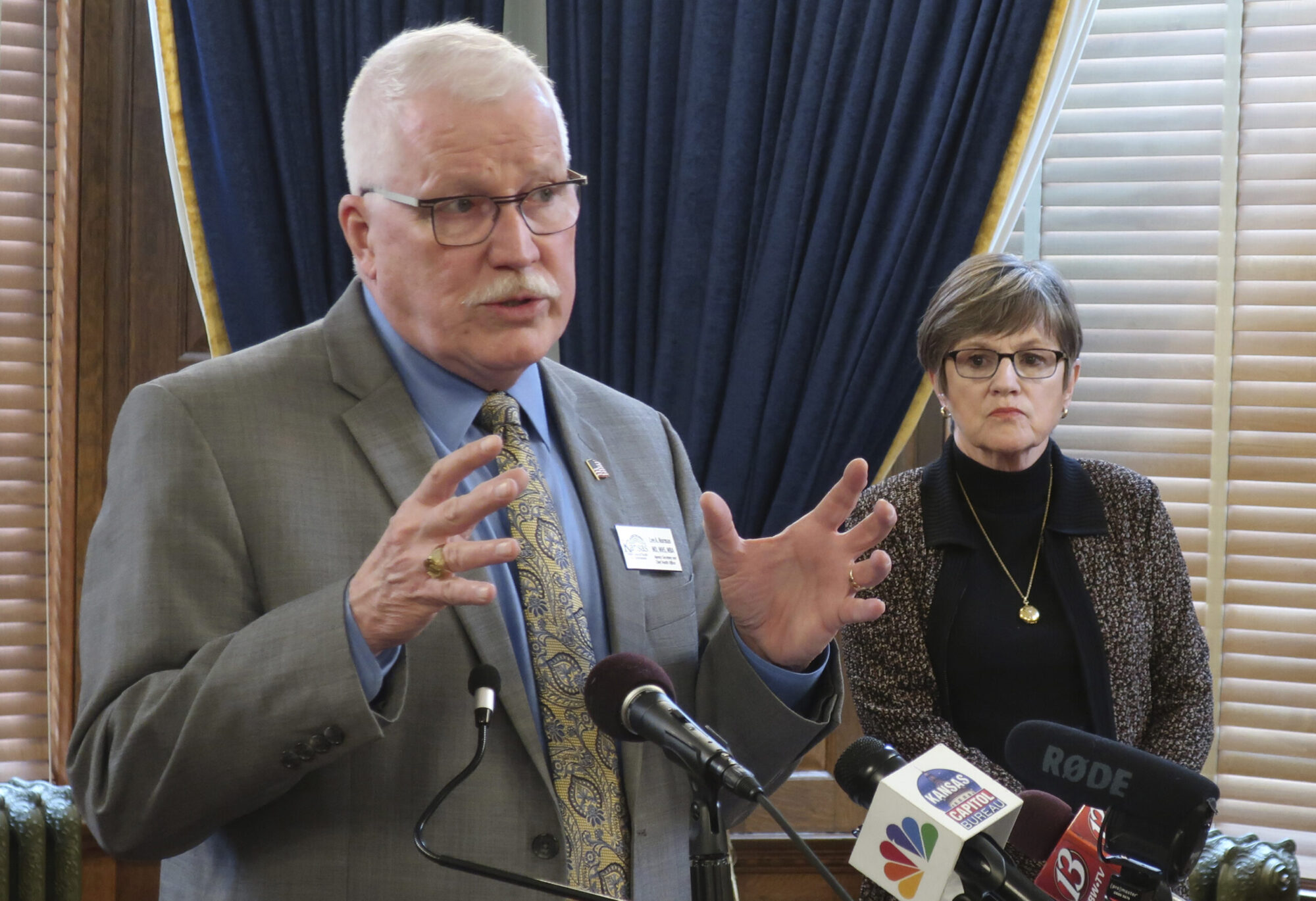Kansas officials are seeking to combat a wave of opioid addictions and deaths through a variety of measures, but they may be better served by getting to the root of the issue, former U.S. Sen. Tom Coburn writes in a column for the National Review.

Coburn, a physician, says the opioid epidemic is a result of a massive shift in public policy surrounding pain management. He attributes a part of the policy change to special interest groups like the Joint Commission on the Accreditation of Health Care Organizations.
“What pains me most as a physician is the knowledge that this epidemic is largely man-made, fueled by federal regulations linking pain management to Medicare reimbursement. That linkage encouraged many physicians to treat common aches — such as lower-back pain — with powerful opioids meant to blunt pain from serious diseases,” Coburn, an Oklahoma Republican, writes.
He writes that groups lobbied for mandated pain assessment and treatment, while stressing the safety of opioids to health care providers throughout the late 1990s.
Kansas amended and adopted a Patients’ Bill of Rights in 2006. The law sought to improve pain care in the state, in part, by eliminated language that suggested doctors could be penalized for prescribing “excessive” painkillers.
At the time, Dr. Robert Twillman, now the executive director of the Academy of Integrated Pain Management, told the Kansas House and Human Services Committee that doctors often feared prescribing appropriate pain medications due to the risks of addiction.
“Addiction as a consequence of pain treatment is a truly rare complication; one that physicians can be taught to prevent, detect, and treat appropriately,” he told the committee in testimony in support of the Pain Patients’ Bill of Rights in 2006.
Nationally, overdose deaths from opioids have quadrupled since 1999. Secretary of the Kansas Department of Aging and Disability Services Tim Keck warned in April that Kansas hasn’t been exempt. The Sunflower State is the 16th highest opioid prescribing state in the country. In 2016, 159 deaths in Kansas were attributed to opioid overdose.
“Kansas is the 16th highest opioid prescribing state in the country. We are working to address this critical public health issue before it gets any worse,” Keck said.
Once pain assessment became mandated, Coburn says the introduction of a Centers for Medicare and Medicaid Services patient-satisfaction surveys, adopted federally in 2006, created the perfect storm. The surveys asked Medicare patients if they believed hospital staff did everything possible to assist in pain management and then tied hospital reimbursements with the patient satisfaction survey results.
“This meant prescribing more opioids, even when inappropriate,” Coburn writes.
The pain management questions on the surveys were removed in November. Coburn says that was a decade too late. Now government is stepping into assist in cleaning up the opioid damage.
In April, the U.S. Department of Health and Human Services awarded Kansas a $3.1 million grant to prevent and treat opioid abuse. The majority of the two-year grant funding will be used to pay for treatment and recovery services. The remainder will be used for prevention, early intervention and public education.
Meanwhile, Kansas Attorney General Derek Schmidt announced in September that he was joining 40 other state attorneys general in a joint investigation of opioid manufacturers. The joint investigators have issued subpoenas and demands for documentation to manufacturers and distributors of opioids.
“By working together with the vast majority of other states, we can help ensure these investigations are thorough, focused and properly coordinated,” Schmidt said. “As with any similar investigation, we will methodically determine what evidence is available and follow wherever the evidence leads. If the evidence shows illegal conduct, we will take appropriate enforcement action.”
Several states and localities have also initiated lawsuits against opioid manufacturers, seeking to offset their costs for responding to the current crisis, similar to how states sued large tobacco companies for large settlements in the late 1990s. Sedgwick County sued several large drug manufacturers and distributers. Opioids were prescribed enough in the county for every man, woman, and child living in the county to have one, and the suit alleges that pharmaceutical companies should have recognized meant many of their drugs were being used illegally.
Treating pharmaceutical companies like tobacco companies misses the mark, according to Coburn.
“We need to recognize these lawsuits for what they are: a billion-dollar lawsuit lottery for the plaintiffs’ bar that ignore’s the government’s own role in the genesis of the crisis,” Coburn writes.
Instead, he says part of the cure is eliminating some of the onerous government regulations standing between doctors and their patients.
“The opioid crisis is part of a larger crisis in American medicine: Physicians spend more time complying with government regulations or typing codes into a computer than they do listening to patients and thinking through the right course of treatment,” Coburn writes. “…There isn’t a lawsuit that can bring back the art of medicine, or undo the pain and suffering that government regulations have helped inflict on a generation of American families.”


